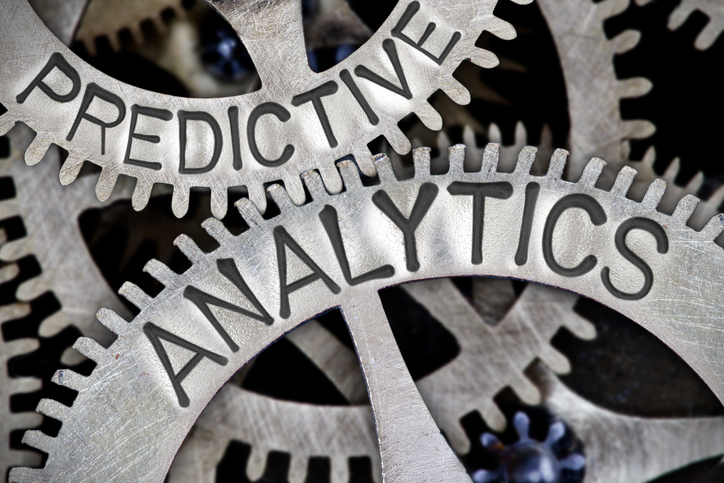By Deborah Kearns
In this third and final article in our  predictive analytics series, learn how brokers are using predictive analytics to create targeted recruiting campaigns and retain the very best agents.
predictive analytics series, learn how brokers are using predictive analytics to create targeted recruiting campaigns and retain the very best agents.
Real estate professionals might not have a crystal ball, but predictive analytics come pretty close.
Predictive analytics is used for a variety of hard-to-pinpoint tasks: matching home buyers with specific properties, showing a prospective buyer how their investment will gain (or lose) value over time, and identifying homeowners who might be ready to sell.
And for brokerage owners looking to recruit and retain top talent, it’s a competitive edge. Here are ways for brokerage owners to use predictive analytics to stand out.
Providing value to new, existing agents
Michael Hickman saw the value of offering predictive analytics as a way to stand out in a competitive market. Hickman, CEO, president and broker of Seven Gables Real Estate in Tustin, Calif., provides his 207 agents with access to Totomic, which culls buyer and seller demographical information across numerous consumer database platforms to better match specific categories of buyers to specific properties. Offering this insightful tool helps Hickman’s brokerage stay ahead of market shifts and, more importantly, appeal to younger, tech-savvy agents, he says.
Related: Part 1 — Predictive Analytics: The Next Big Thing in Real Estate?
“An agent with 30 years of experience isn’t going to respond the same way to a recruiting message as a 25-year-old agent who’s in the know about the latest tech offerings,” Hickman says. “I can use predictive analytics to look up a prospect’s address and mine data about him or her. That lets me tailor my [recruiting] message to be more authentic and more likely to align with their interests.”
Generating leads, results
Real estate agents are brokerage owners’ clients. Jay Macklin, broker/owner with RE/MAX Platinum Living in Scottsdale, Ariz., says it’s not hard to sell prospects and current agents on predictive analytics once they see how easy it is to use. It’s also quantifiable in ways other tools and marketing efforts aren’t.
Macklin offers SmartZip, another predictive real estate tool that identifies serious sellers through major life events (death, divorce, marriage, etc.) in public records. Predictive analytics, he says, is essentially a lead-generation program.
Related: Part 2 — How to Use Predictive Analytics in Your Real Estate Business
“It’s good for our revenue stream because agents are able to quickly identify people who are more likely to raise their hand and sell a home,” Macklin says, noting his agents earned 10 listings as a result of using the predictive data in front of sellers. “That’s extra business my agents wouldn’t have received otherwise.”
Hickman admits it can take time for a large brokerage to implement and train agents on how to use predictive analytics properly, but it’s well worth the investment. Hickman’s investment averages out to $10 per agent per month, he says.
“My agents are saying time on market is shorter, and we’re hearing that sellers are excited because they can see quantifiable metrics on the marketing of their homes,” Hickman says. “If you’re not using predictive analysis of some sort in your real estate business, you’re missing the boat.”







